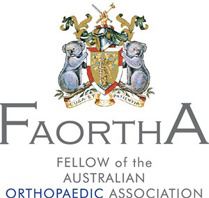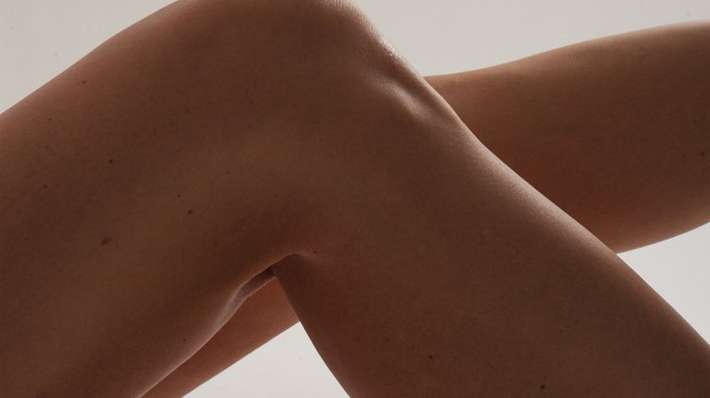
ACL Injury An anterior cruciate ligament (ACL) tear or rupture can lead to symptoms of knee instability. If untreated, these episodes of instability can result in secondary damage to the meniscus and cartilage (gristle) in the knee and lead to arthritis. In the first instance, all patients with an ACL rupture should undergo a period of physiotherapy to strengthen their…

Hip Pain There are several causes for hip joint pain. The most common cause is osteoarthritis, which is wear and tear that worsens with age. Other causes of arthritis include rheumatoid arthritis or avascular necrosis, which is a condition in which the blood supply to the bone is damaged. Other causes of hip pain include bursitis, tendon tears as well…
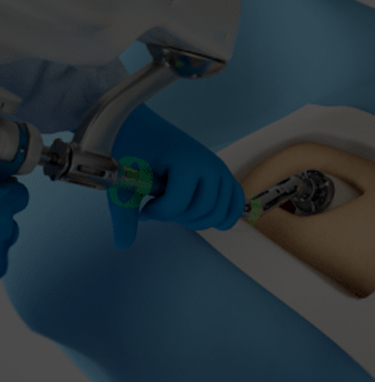
Robotic Hip Replacement is the latest evolution in one of the most successful operations ever invented. The MAKO Robot was the first robot introduced into the orthopaedic surgical field and has more than 15 years of scientific data behind it, proving its safety and efficacy. The planning software provides each patient with a personalised surgical plan based on each patient’s…
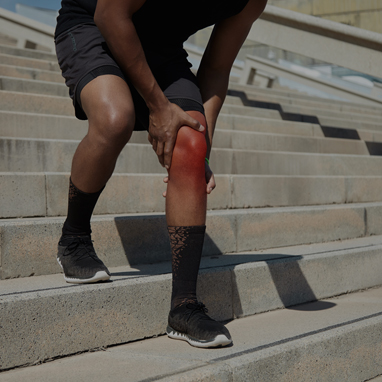
Osteoarthritis The knee joint is the largest joint in the body and is often affected by arthritis. The loss of cartilage within the joint causes inflammation and pain. While arthritis in its early stages can be managed without surgery, when the symptoms worsen, Total Knee Replacement is very successful in alleviating pain and restoring function. Dr Balendra is a Sydney Knee Surgeon…

Knee Pain The Knee is the largest joint in your body, and it sustains great pressures doing simple everyday activities. Over time the cartilage or gristle that covers the end of the bones wears out; this is known as Osteoarthritis. Some patients develop osteoarthritis at an earlier age, either because of trauma, an accident, or a sporting injury that they…
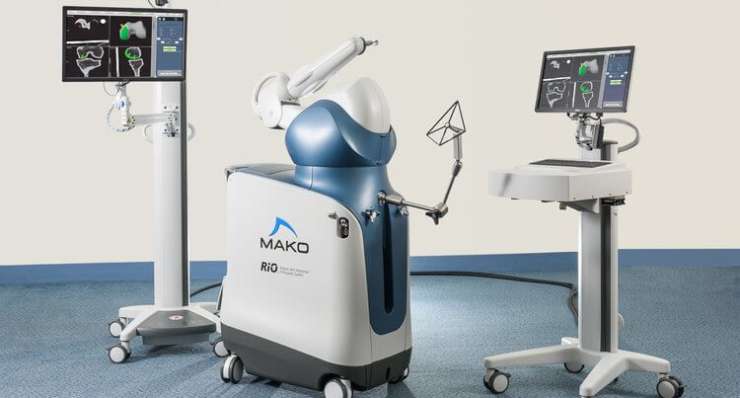
Robotic Knee Surgery Robotic assisted surgery is cutting edge technology that has changed the way Orthopaedic surgeons perform knee replacements. The MAKO was the first robot introduced into the orthopaedic surgical field and has more than 15 years of scientific data behind it, proving its safety and efficacy. The first MAKO robotic knee replacement was performed in Australia in 2017.…
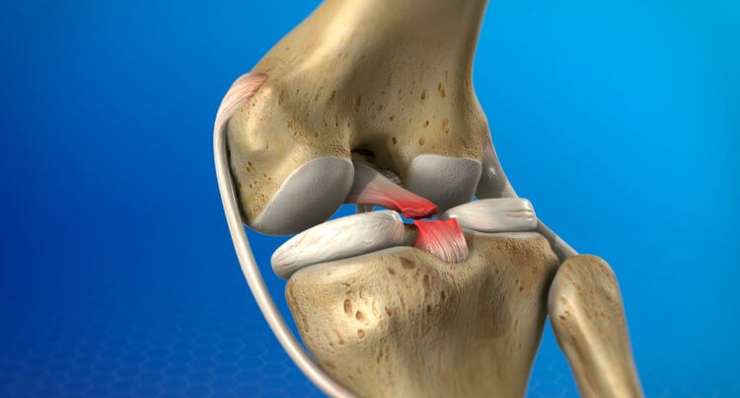
The Posterior Cruciate Ligament (PCL) is one of the main ligaments that connects the Femur (thigh bone) and the Tibia (shinbone). The PCL keeps the tibia from moving backward with relation to the thigh bone. An injury to the PCL requires a powerful force. A common cause of a PCL injury is from a severe twisting injury or from a…
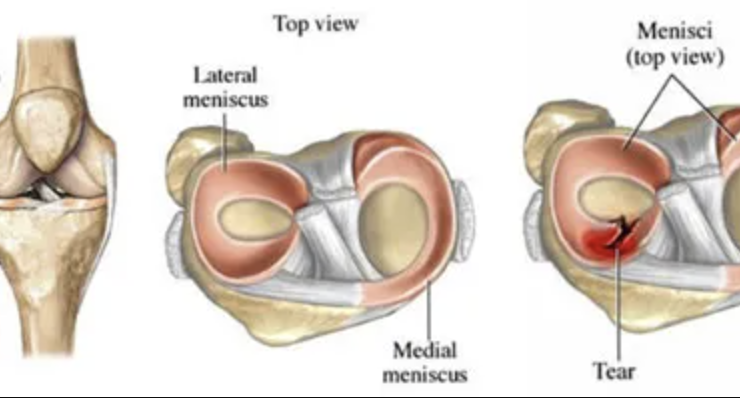
Torn Mensicus The Meniscus are bits of cushion within your knee. They are C-shaped structures that act as shock absorbers protecting the cartilage (gristle) of the knee joint. A meniscal tear can occur with a traumatic knee injury and can cause pain and swelling within the knee. But a mensical tear can also occur as part of the degenerative process…
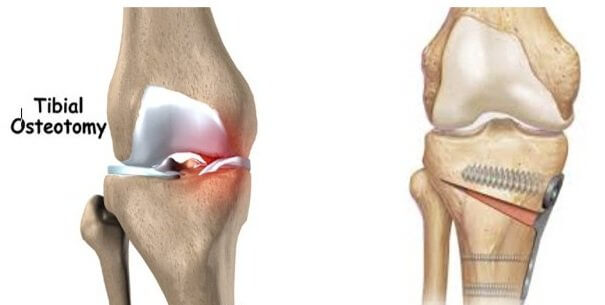
Osteotomies are joint preserving operations that are designed to delay the need for a knee replacement. It is primarily an operation for younger patients (under the age of 55), who only have arthritis in one part of their knee. The most common type of Osteotomy is a High Tibial Osteotomy. This type of osteotomy is for patients who only have…
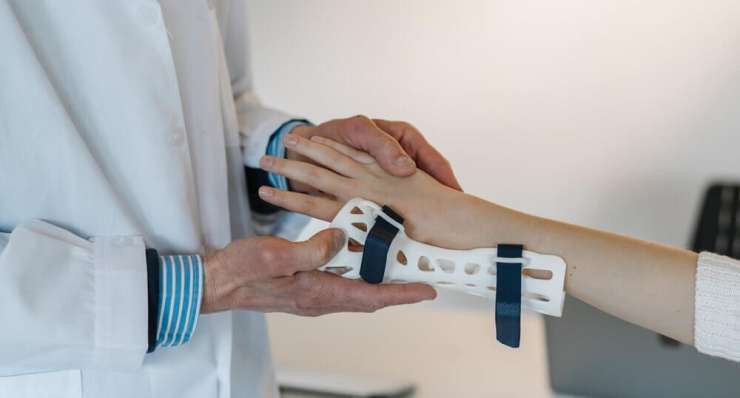
The terms “fracture”, “a crack” or “a break” are all terms that are used inter-changeably by doctors to mean the same thing - a fractured bone. When you have a fracture, it can be treated non-surgically in a plaster cast or a splint, or it may need surgical fixation with rods or plates and screws. Dr Balendra will discuss with…
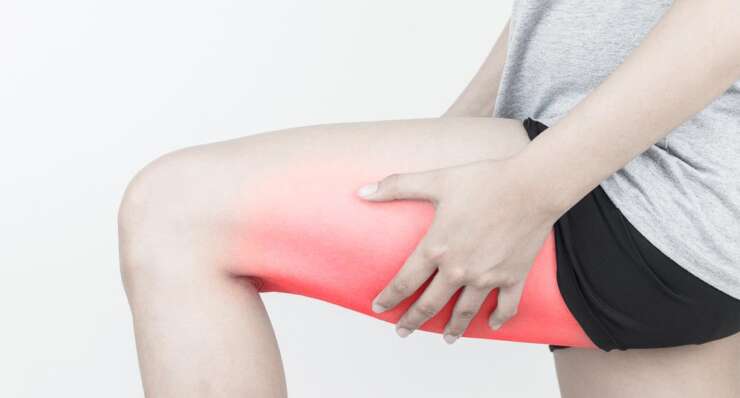
Proximal hamstring tears are common sports-related injuries. They occur during sports or activities that require rapid acceleration such as running, hurdling, water-skiing, jumping and kicking, and is due to forced hyperflexion (bending) of the hip with an extended (straight) knee. These tears can be debilitating and can lead to pain and weakness in the affected leg. Proximal Hamstring Anatomy The…

The hip joint is a ball-and-socket joint that connects the thigh bone (femur) to the pelvic bone. The hip joint is composed of two main parts: the acetabulum, which is a concave socket on the pelvis, and the femoral head, which is the rounded ball at the top of the thigh bone. It is one of the largest and most…

Sports Knee injuries encompass a group of conditions that involve the soft tissues around the knee (eg ACL and meniscus). These injuries can impact your ability to walk, work and play sports, and more importantly, a delayed or missed diagnosis can often hinder your recovery. Receiving the appropriate care and management in a timely manner will facilitate your rehabilitation. Dr…

The Knee joint is the largest joint in the body. It has 4 main ligaments that help to stabilise the joint in-order for you to lead an active lifestyle. The 4 ligaments are split into two groups, the cruciate ligaments (anterior cruciate ligament and posterior cruciate ligament) that are on the inside of your knee, and the collateral ligaments (medial…

